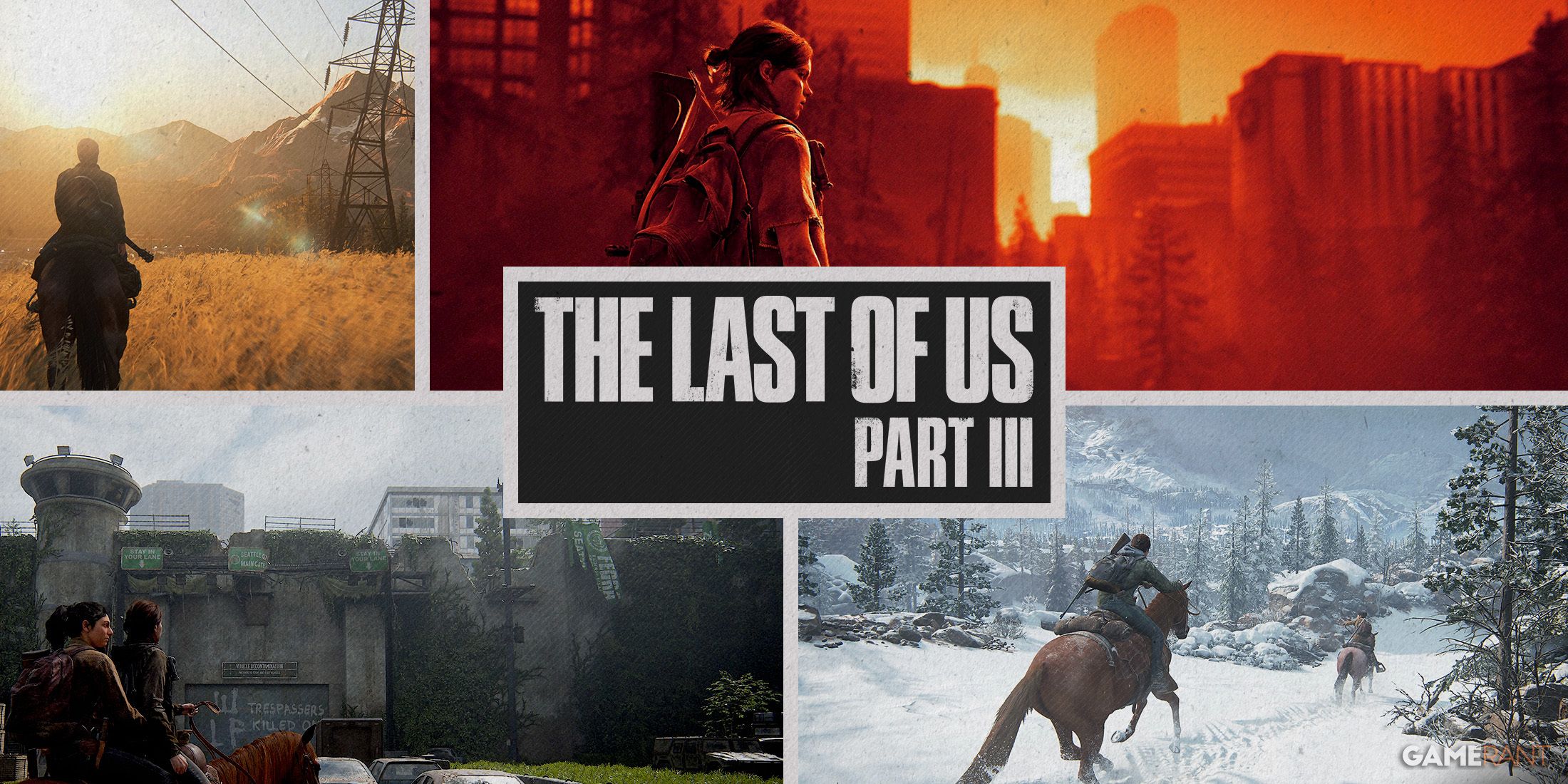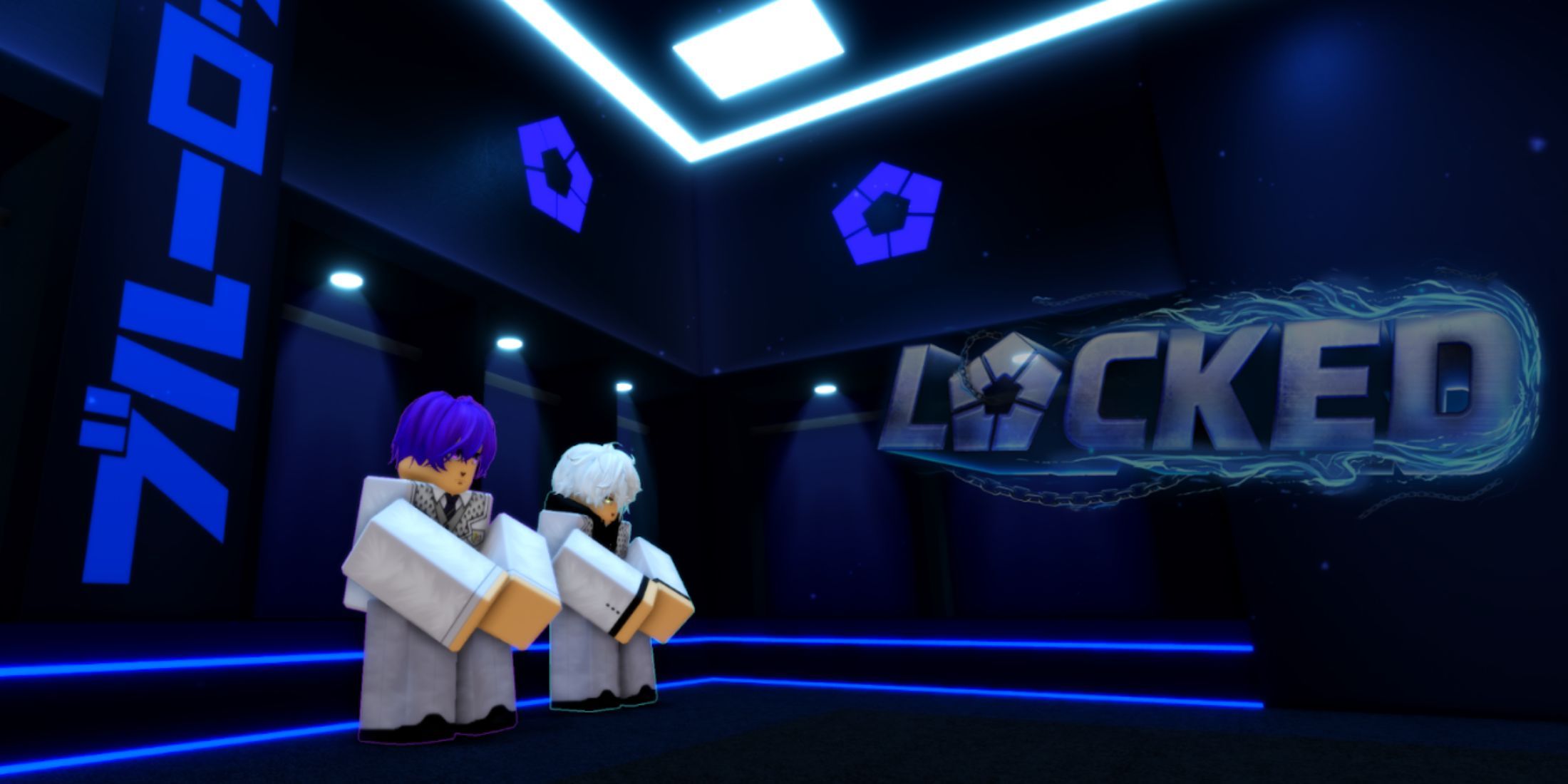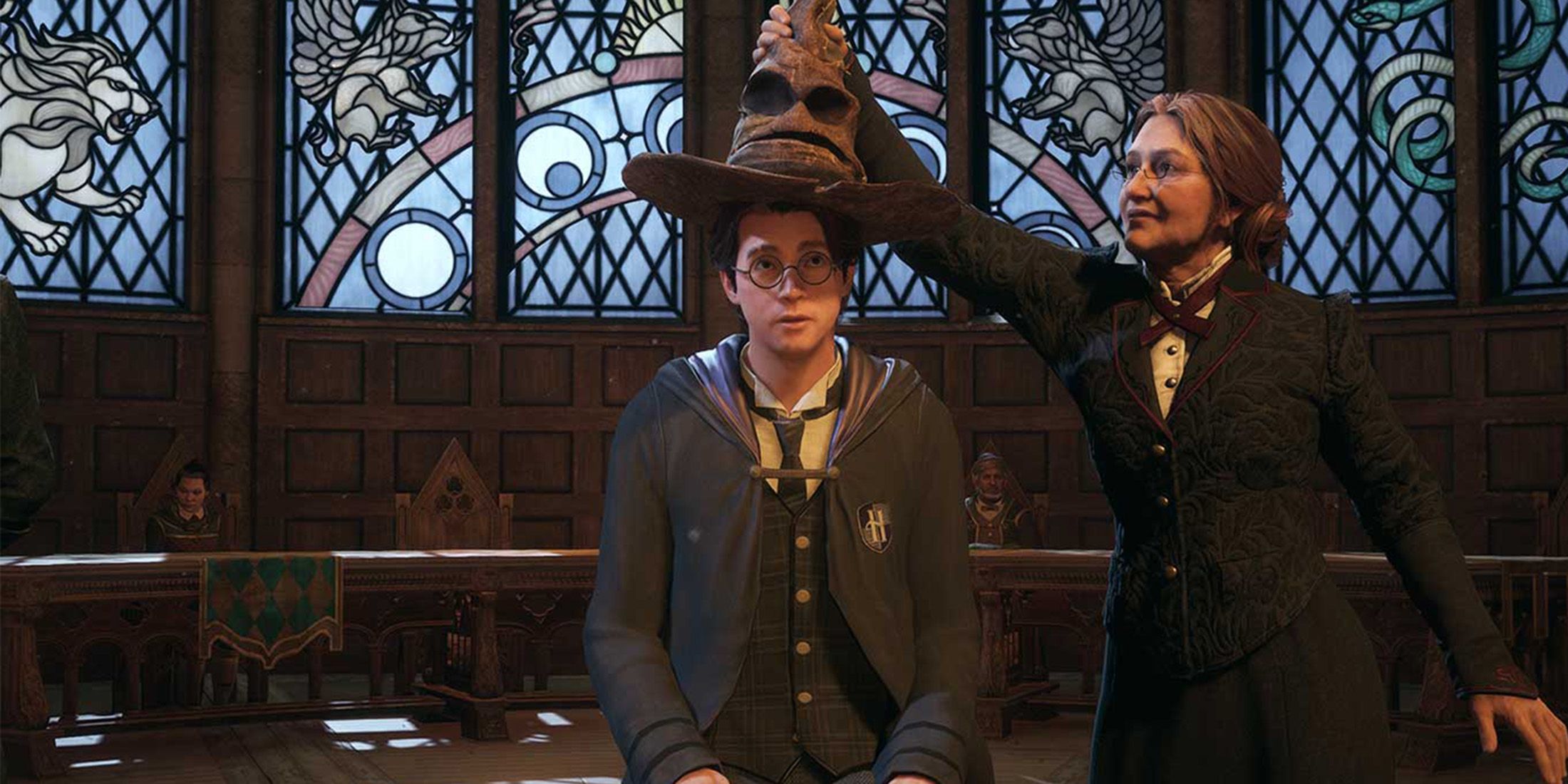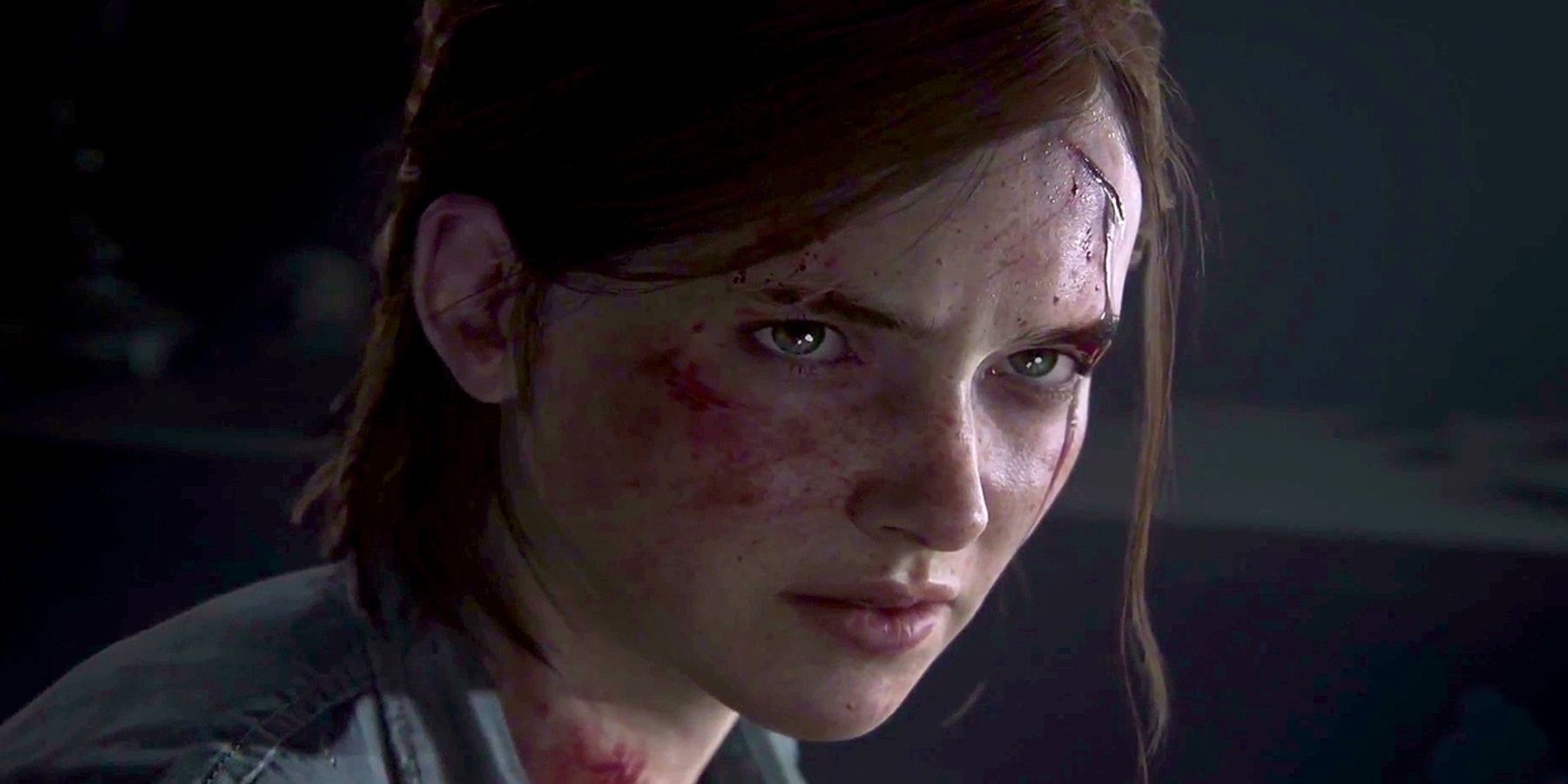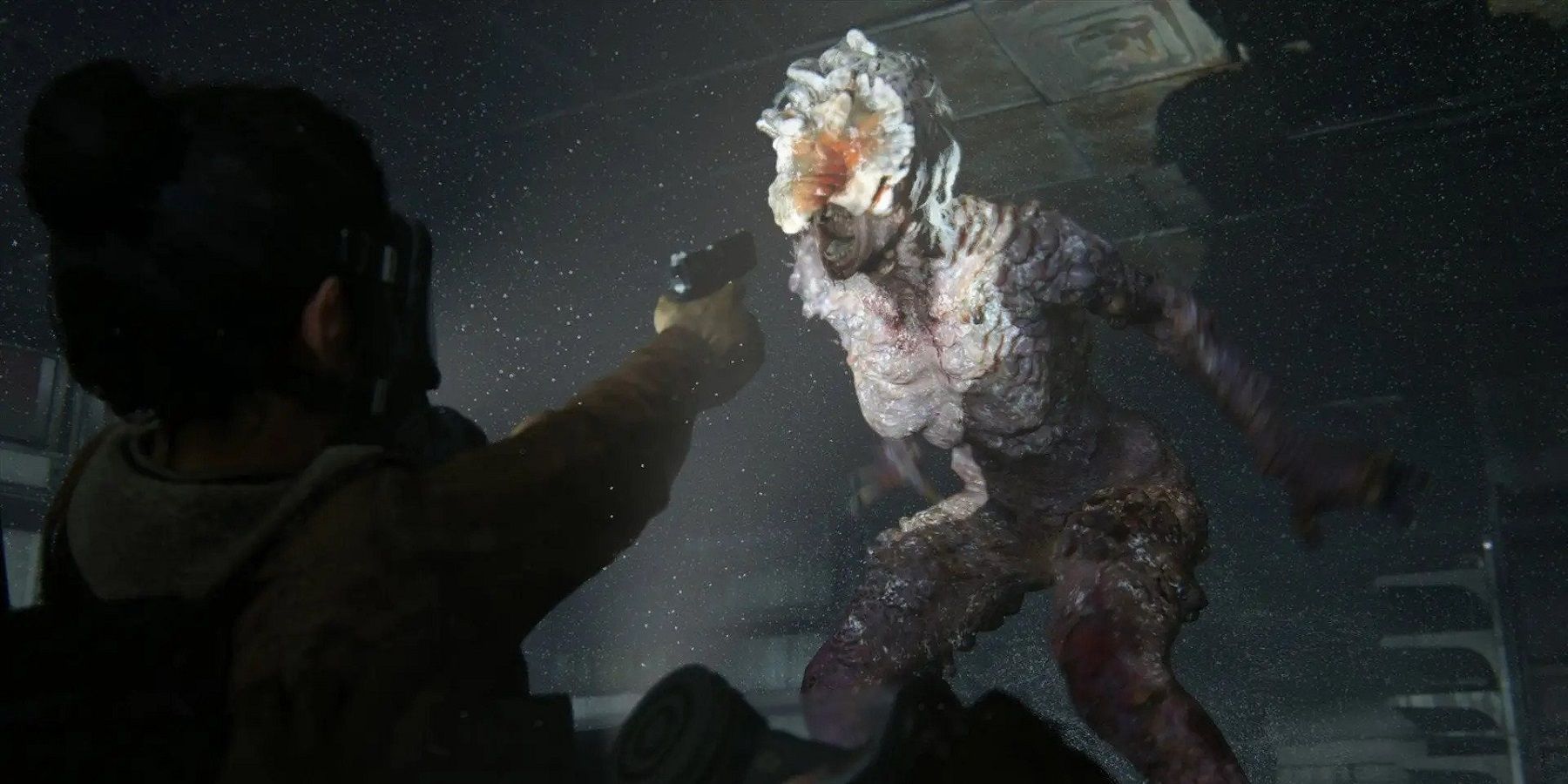With the success of the first two games and the emergence and subsequent love for the HBO show, The Last of Us has been the talk of the industry despite no new entry in the series since 2020. Joel and Ellie's journey across the post-apocalyptic United States is a wonderful experience, and its simplicity is the key to a lot of its charm. The game has been remastered, remade, adapted, and re-experienced, with more players than ever spending time seeing Ellie evolve into a complex character who was more than capable of heading up her own adventure some years later.
The Last of Us 2 is a more ambitious project than its predecessor, taking Ellie to the Pacific Northwest in search of revenge for someone who wrongs her in the game's opening hours. Exploring and murdering her way through Seattle, she learns the hard way that actions have consequences and that losing a loved one can fundamentally change a person's rationality. Before her departure to Washington State, Ellie grew up a lot, and the world in The Last of Us changed with her. However, a potential third game needs to avoid being as liberal with its use of time skips if it wants to stay fresh and ensure the enemies remain a threat.
The Last of Us' Time Skips Are a Gift and a Curse
The Last of Us isn't afraid to use flashbacks and time skips to give context to a character's motivations, strengths, and flaws, and for the most part, they are used well. Left Behind is self-contained enough to not feel like it intrudes on the main campaign, and while in The Last of Us 2 they can be jarring, each flashback and time skip gives important context to the story. Seeing more of their origins and important parts of their life makes Joel, Ellie, Tommy, and Riley's roles in the tale far more substantial and worth telling, and compliments the somewhat simple journey that the game takes players on.
However, fast-forwarding the timeline can also have significant drawbacks, and can mean that players have to reacquaint themselves with the characters once again. It's clear that Ellie has changed in the five years between games, and it takes a few scenes to re-establish a rapport with her while also rediscovering some of her small, but significant character quirks that have carried over into adulthood. It's not seamless, but the biggest drawback to The Last of Us 3 could be the way that time skips affect the world and, as such, the story and gameplay.
Time is Running Out for The Last of Us' Enemies
While The Last of Us seemed to have an even spread of infected and non-infected enemies, The Last of Us 2 was far less balanced. Most of the combat encounters were between Ellie and The Last of Us' Washington Liberation Front (WLF) or Abby and the Seraphites. The differences between the two made combat feel relatively diverse, but another unexplained forwarding of time could make infected enemies even more endangered, as they seemed to be thinning in number when the second game begins.
The Last of Us, at its core, is about human characters who form firm friendships in a world devastated by destruction and abandonment. It's not Dead Rising that puts zombie-like adversaries at the very forefront, but it is still an essential part of its success. To fast-forward once again in The Last of Us 3 could put the final nail in the coffin of infected enemies, given the timeline, and effectively render the biggest threat the world faces redundant.
The Last of Us Part 1 is available now for PC and PS5.

